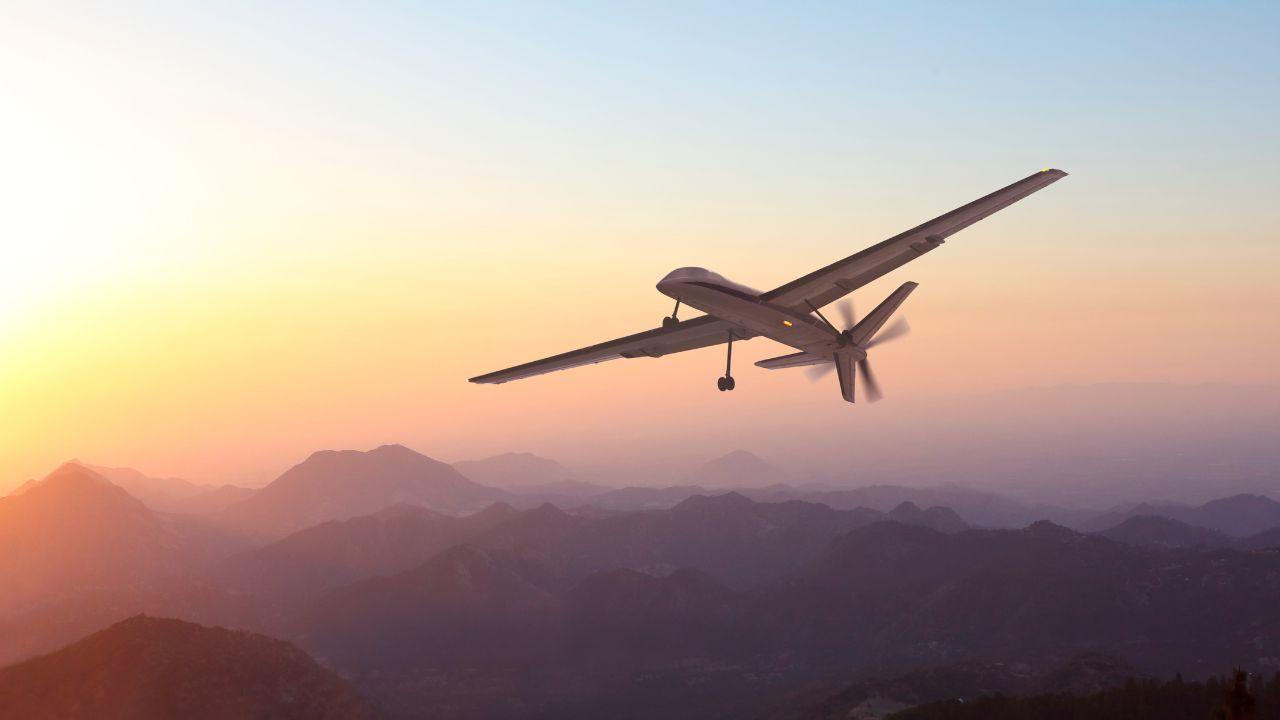Growth and Innovation in the South Korea Unmanned Aerial Vehicle (UAV) Market

The South Korea unmanned aerial vehicle (UAV) market share reached approximately USD 767.85 Million in 2024. The market is projected to grow at a CAGR of 12.20% between 2025 and 2034, reaching a value of around USD 2427.76 Million by 2034. This remarkable growth highlights the country's commitment to innovation in defense, agriculture, logistics, and smart city infrastructure, supported by advanced technologies and favorable government policies.
South Korea, known for its cutting-edge electronics and robust technological ecosystem, is emerging as a key player in the global UAV industry. From compact consumer drones to advanced military UAVs, the nation’s drone sector is rapidly expanding in scope and significance. This post will explore the various factors contributing to the UAV market’s growth in South Korea, major segments, key applications, recent developments, and the future outlook.
Market Drivers
1. Government Initiatives and Strategic Investments
The South Korean government plays a central role in supporting the UAV market. Under its ambitious “K-Drone System” initiative, the Ministry of Land, Infrastructure and Transport is working to establish a comprehensive UAV traffic management system. This aims to ensure the safe integration of drones into the national airspace, particularly for urban air mobility (UAM).
Additionally, public-private partnerships are increasing. The government is funding R&D projects and providing grants for startups and enterprises specializing in UAV development. These efforts aim to enhance domestic drone capabilities and reduce reliance on foreign UAV technologies, particularly in defense and security applications.
2. Military and Defense Modernization
South Korea is increasingly investing in unmanned defense technologies to bolster its surveillance and combat capabilities amid regional security concerns. The Korea Aerospace Research Institute (KARI) and other agencies are developing indigenous UAVs with high-altitude surveillance, real-time data transmission, and automated reconnaissance capabilities.
Moreover, South Korea is cooperating with global defense manufacturers to co-develop advanced drone systems. These efforts are not only strengthening national defense but also opening export opportunities in Southeast Asia and the Middle East.
3. Growing Commercial Applications
Beyond military uses, UAVs are making a strong impact in commercial sectors. Agriculture is one such area, where drones are used for crop monitoring, pesticide spraying, and yield optimization. Logistics companies are also experimenting with last-mile drone deliveries, especially in remote or disaster-prone regions.
Other sectors like construction, mining, environmental monitoring, and infrastructure inspection are increasingly relying on UAVs to improve efficiency, reduce human risk, and lower operational costs.
Market Segmentation
1. By Type
-
Fixed-Wing UAVs: Used primarily in military and large-scale surveillance applications due to their longer flight duration and broader range.
-
Rotary-Wing UAVs: These are widely used in commercial sectors like agriculture and media due to their hovering capabilities and maneuverability.
-
Hybrid UAVs: Emerging technology combining the strengths of both fixed-wing and rotary-wing UAVs, increasingly being adopted in urban mobility and logistics.
2. By Application
-
Defense & Security
-
Agriculture
-
Construction
-
Energy & Utilities
-
Media & Entertainment
-
Logistics & Transportation
Each segment is expected to see varied growth rates depending on technological advancement, regulatory support, and consumer demand.
Technological Trends
1. Autonomous Navigation and AI Integration
UAVs in South Korea are now being equipped with AI for real-time decision-making, object detection, terrain mapping, and autonomous navigation. These smart features enable drones to perform tasks such as obstacle avoidance and predictive maintenance more efficiently.
2. 5G-Powered UAVs
The rollout of 5G networks across South Korea is boosting drone performance by enabling ultra-low latency communication. This is particularly crucial for high-risk operations like emergency response, where real-time video transmission and remote control are vital.
3. Battery Innovation and Extended Flight Time
Battery life has long been a limitation for UAVs. However, South Korean firms are now investing in high-density lithium-silicon batteries and hybrid power systems to enable longer, more reliable flight durations, which are essential for commercial and defense applications.
Regulatory Landscape
The regulatory environment in South Korea has matured significantly in recent years. The Korea Office of Civil Aviation (KOCA) regulates drone usage, ensuring safety, licensing, and compliance. The government has also launched several “drone zones” where UAV operators can test and demonstrate their innovations without the usual flight restrictions.
In 2021, South Korea implemented a drone registration system for UAVs weighing over 250 grams. New regulations expected in the next few years will further streamline licensing and operational guidelines, promoting safer and more scalable drone deployment.
Key Players in the Market
Several major players are shaping the UAV landscape in South Korea:
-
Korea Aerospace Industries Ltd. (KAI) – Specializes in military UAVs.
-
Hanwha Systems – Develops defense and surveillance drones with AI capabilities.
-
Doosan Mobility Innovation – Known for hydrogen fuel-cell powered drones.
-
PABLO AIR – A leader in drone delivery and autonomous flight systems.
-
UVify – Focused on drone light shows and swarming technology.
These companies are not only expanding domestically but are also gaining global recognition through exports and international partnerships.
Future Outlook
As South Korea moves toward a more connected, automated, and technologically sophisticated society, the UAV market is poised to play a pivotal role. Innovations in AI, battery tech, and traffic management systems will make drones safer and more accessible across industries.
With government support, strategic collaborations, and an increasingly skilled drone workforce, South Korea is not just participating in the global UAV boom—it’s helping lead it.
- Art
- Causes
- Crafts
- Dance
- Drinks
- Film
- Fitness
- Food
- Jogos
- Gardening
- Health
- Início
- Literature
- Music
- Networking
- Outro
- Party
- Religion
- Shopping
- Sports
- Theater
- Wellness


